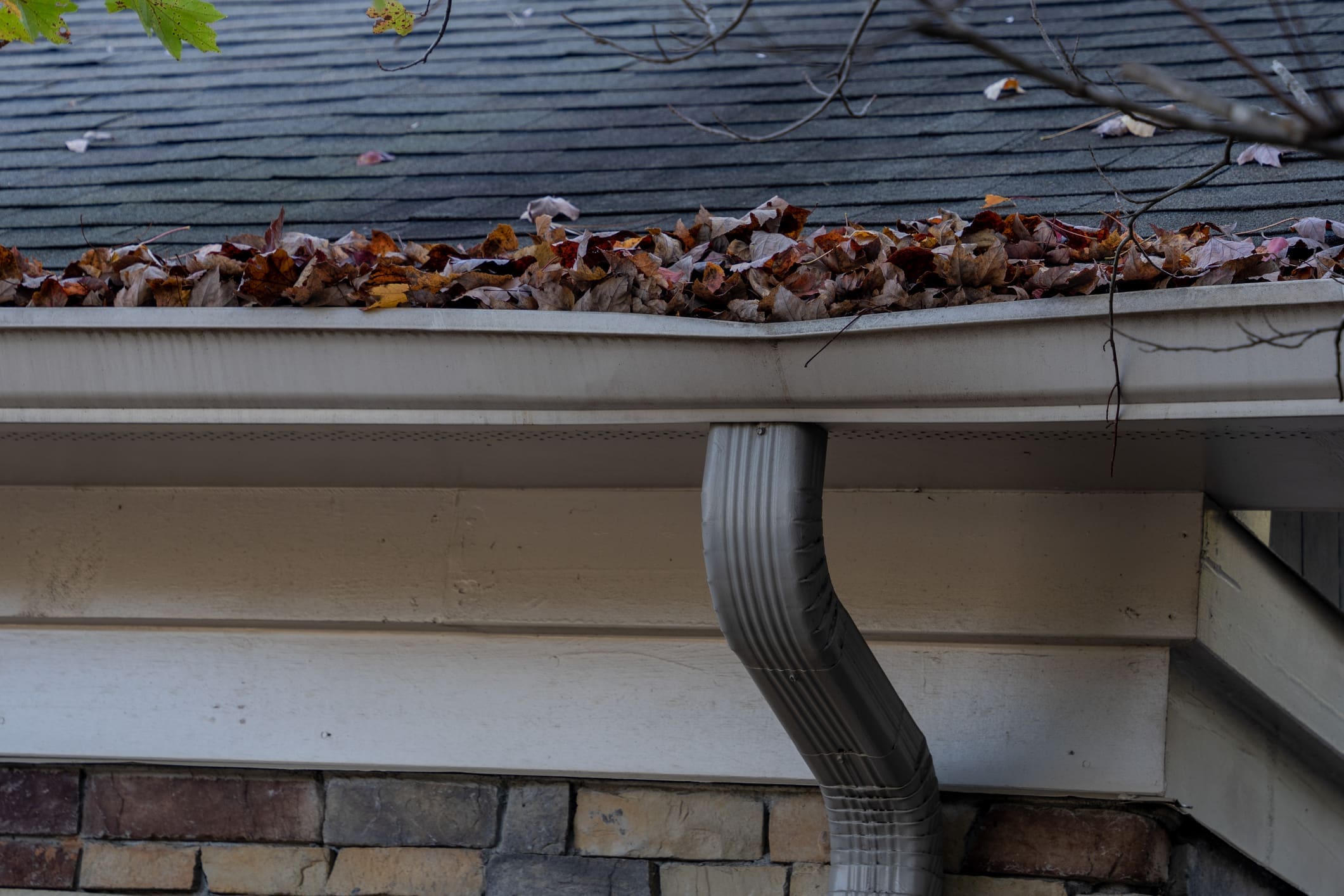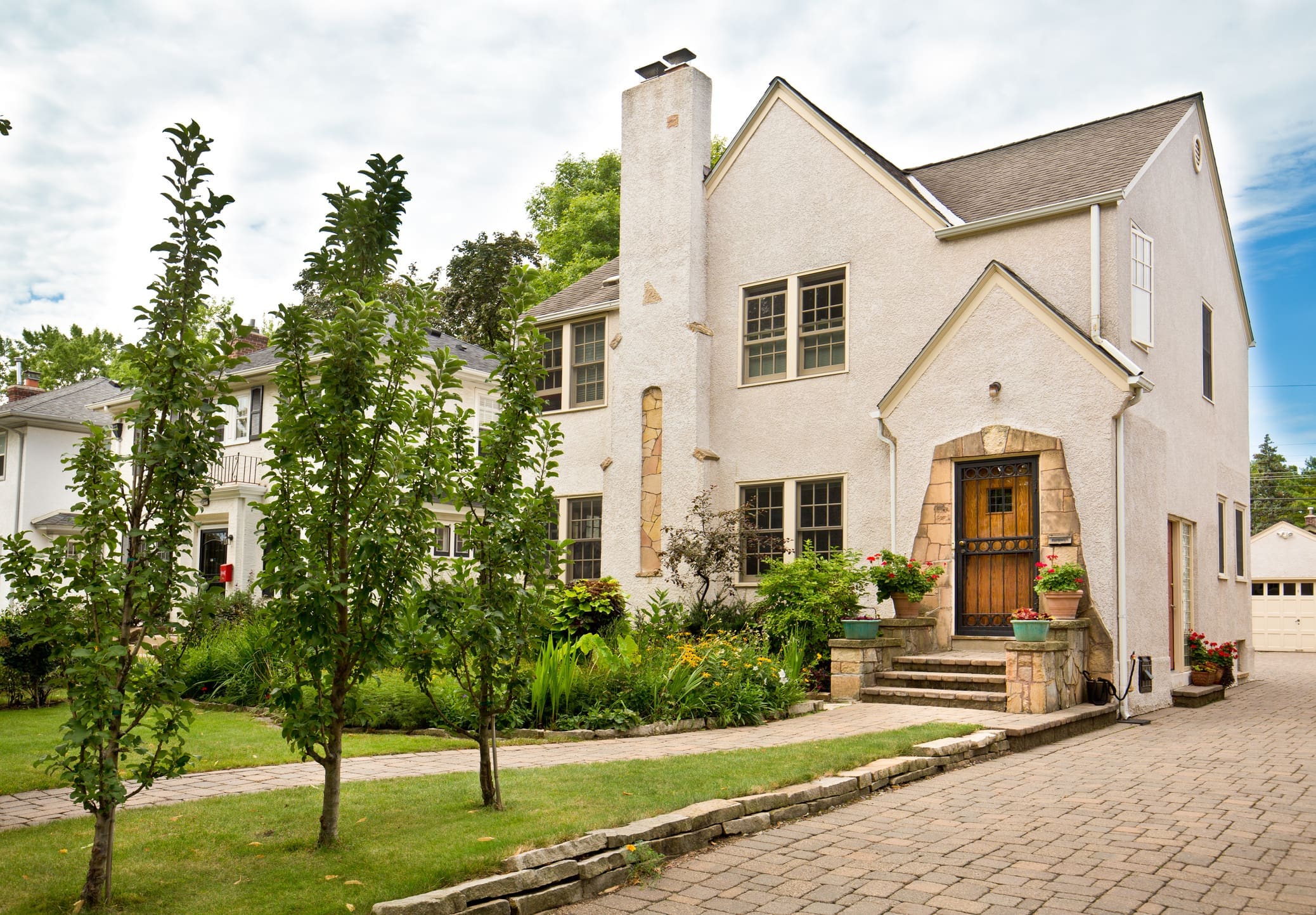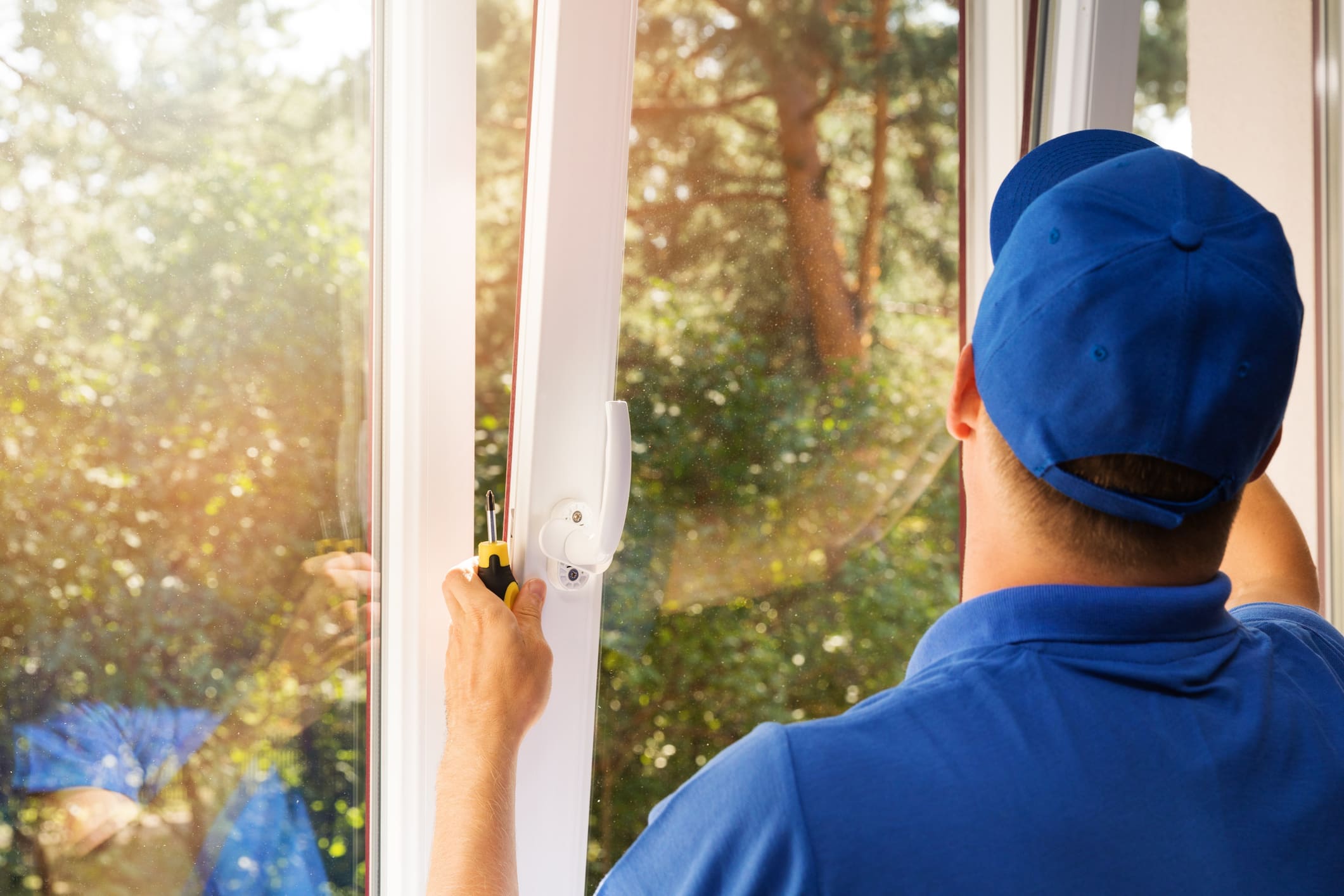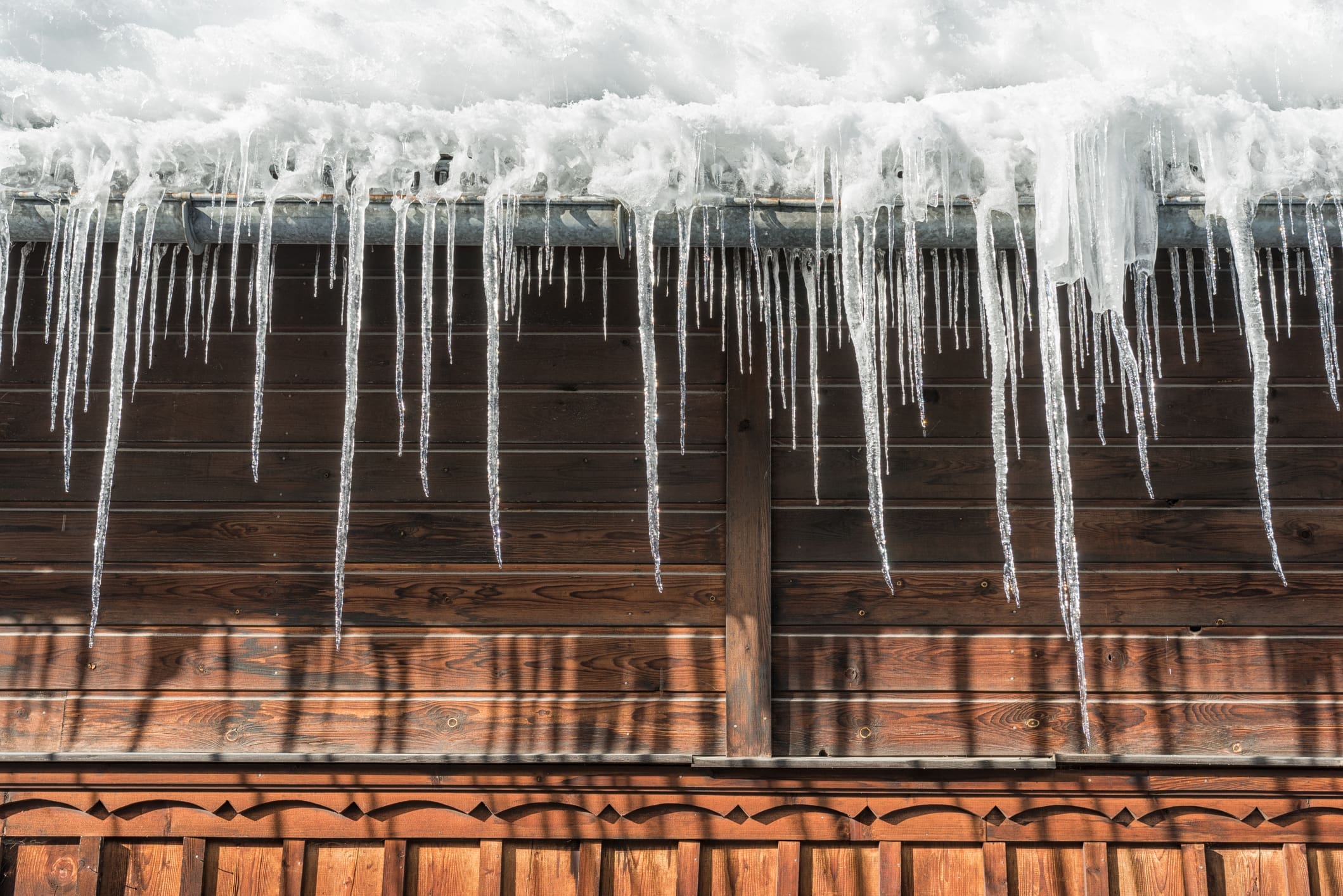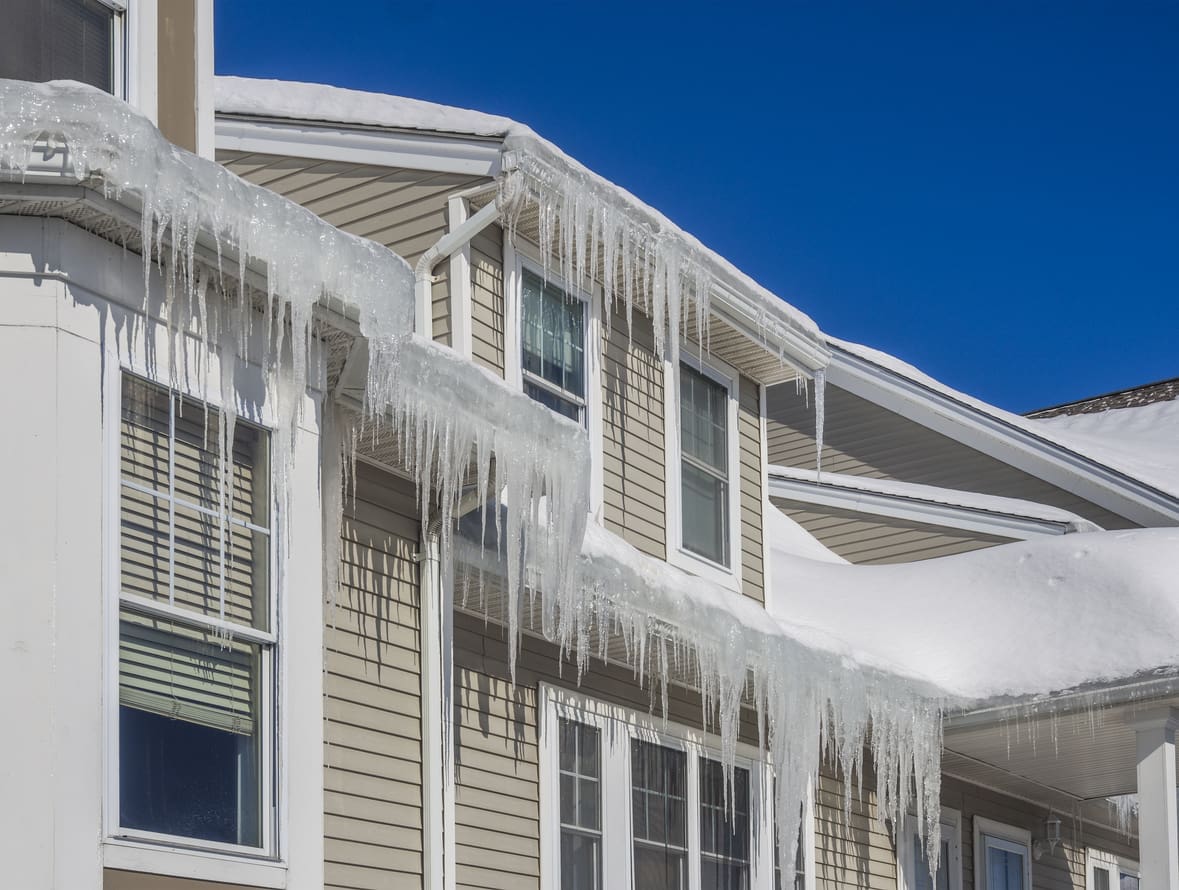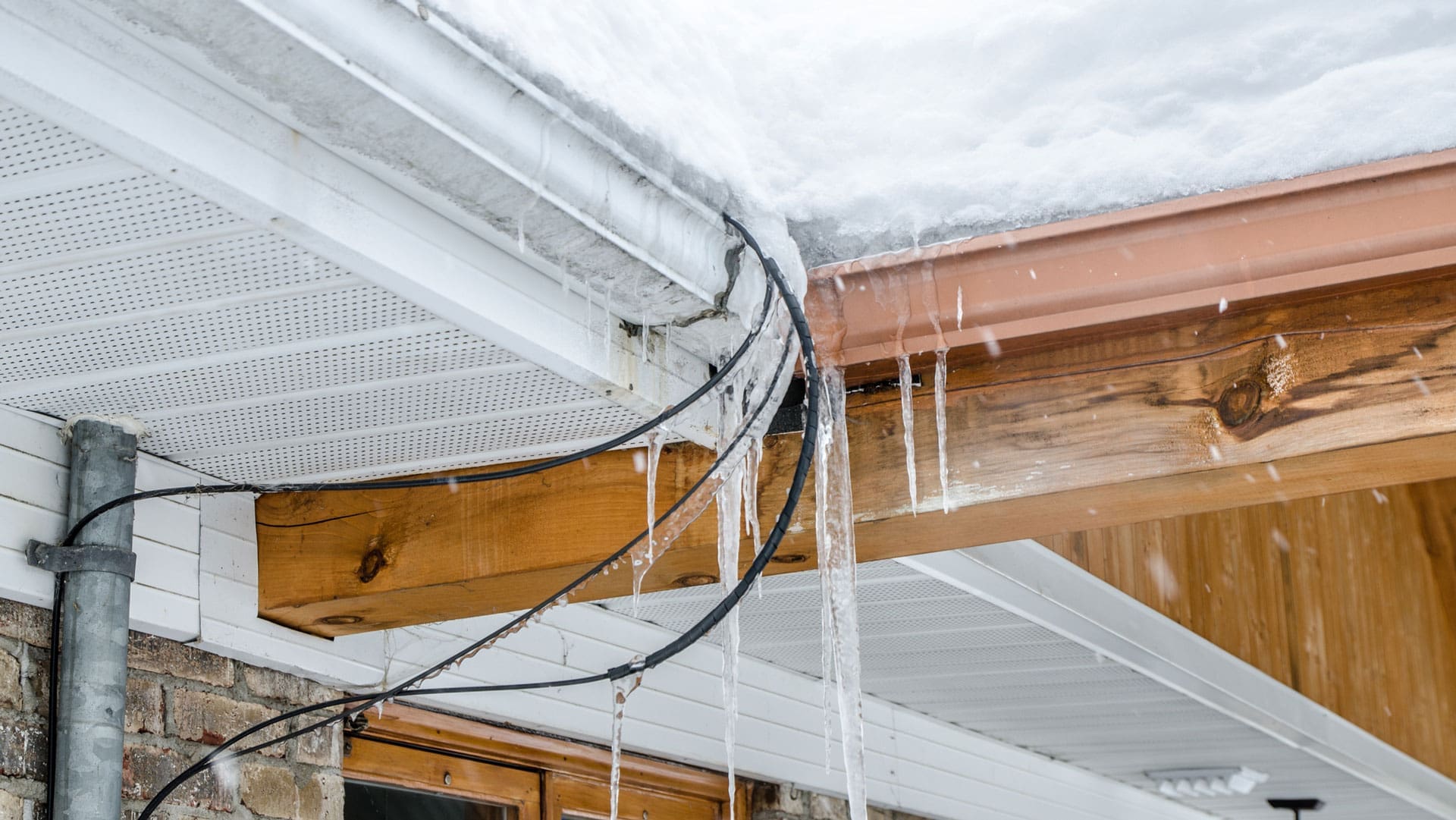A Guide to Roof Hail Damage Repair
With our expert tips and insights, you’ll learn how to identify hail damage, understand the most common types of repair, and find the right professionals to restore your roof’s strength.Read More
Ultimate Guide to Gutter Repair in Minnesota
In this comprehensive guide, we’ll walk you through everything you need to know about gutter repair in Minnesota. Read More
Restoring and Maintaining Period Home Exteriors
Restoring and maintaining period home exteriors is not just about aesthetic appeal; it’s a commitment to preserving history and cultural heritage for generations to come.Read More
Warning Signs for Your Windows
Here are the key signs that it might be time to repair or replace your windows, ensuring your home remains protected and energy-efficient.Read More
Understanding the Dangers of Ice Dams
Understanding the risks associated with ice dams is crucial for homeowners, particularly in regions like Minnesota, where harsh winter conditions are common.Read More
The Ultimate Winter Home Maintenance Checklist
By following our winter home maintenance checklist, you can avoid costly repairs and keep your property safe throughout the season.Read More
Harnessing Efficiency: The Benefits of Energy-Efficient Windows
With temperatures plunging below freezing and winds howling across the landscape, finding solutions for energy efficiency becomes a practical necessity rather than a mere luxury.Read More
Essential Fall Home Maintenance Checklist
As the vibrant colors of fall start to take over Minnesota, it’s the perfect time to prepare your home for the colder months ahead.Read More
Why Insurance Companies are Dropping Policies on Older Roofs
Homeowners grapple with uncertainty and raise pertinent questions about the dynamics between insurers and their clientele.Read More
Mastering the Storm: Essential Steps to Repair Storm Damage
With storm damage becoming a common occurrence, it’s crucial for homeowners to know how to effectively repair and protect their properties.Read More


